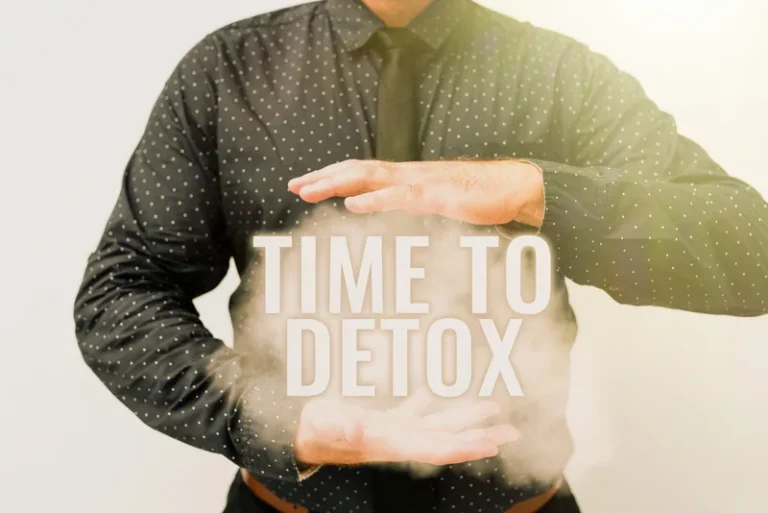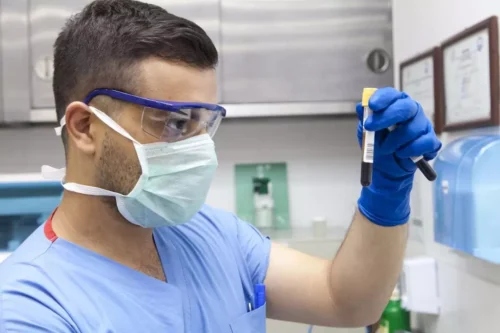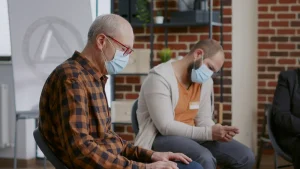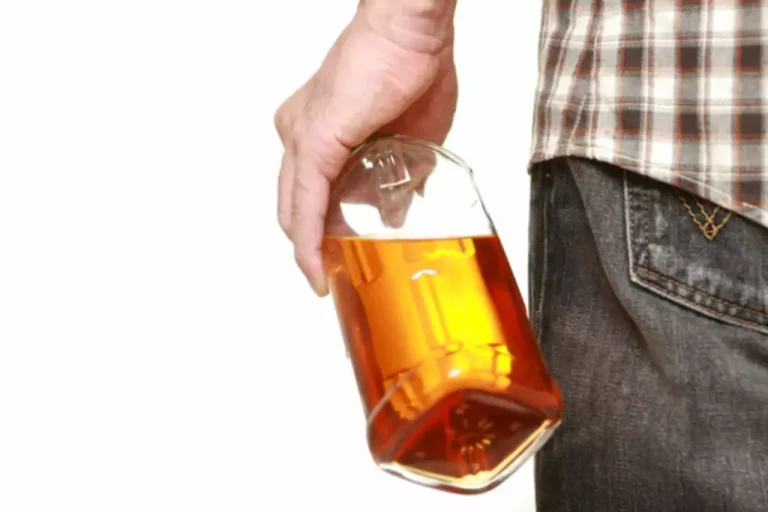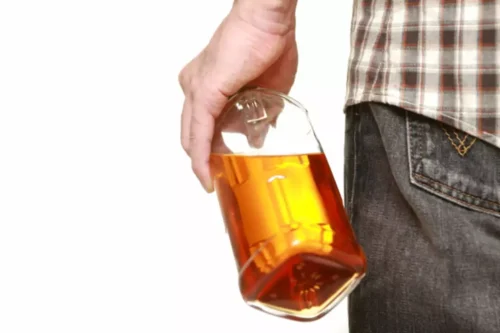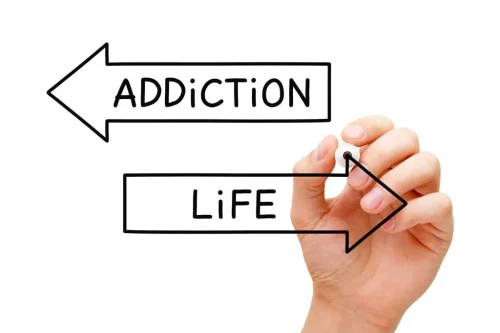Acquisition Of enVision Hotel To Provide Critical Shelter Services and Supportive Housing in Boston
Residents will continue to receive 24/7 wraparound services by trained Hope House Boston Boston staff, including case management, residential assistance, and medical and mental health services. For the past two years, the former hotel has successfully operated as a shelter, offering transitional housing to a total of 208 individuals. The shelter has improved the health, stability, and hope of residents while easing the strain on public services during the city’s homelessness crisis. Everything a member may seek at the BLC, above and beyond their HIV diagnosis, would also be so helpful to so many others. That is why the BLC is expanding to serve people living with chronic health conditions including and beyond HIV, people who are experiencing housing and/or food insecurity, and those who are isolated, as examples.
Free Rehab Centers
You will have a tour of the Center, an overview of the services available, and meet with staff to see how we can best meet your needs. If volunteering is not the right option for you right now, please consider donating directly to our organization or hosting a fundraiser. Bring some fun and joy to a program by hosting a trivia or bingo event! Groups will be asked to provide in-kind donations of gift card prizes for event winners.
Meet Our Staff
This major acquisition secures a vital resource for individuals experiencing homelessness and addresses the need for long-term supportive housing in Boston. Hope House Boston Boston, the nonprofit partner managing operations, has also signed a two-year contract with the City to continue site operations through 2027. This period will allow for further planning to secure additional funding to best support the transition to permanent supportive housing.
This new transitional housing program will provide a safe, LGBTQ+ affirming environment for young adults (ages 18-24) transitioning from homelessness. Helping others overcome addictions has always been a priority for the ministry of the Durham Rescue Mission. Dr. Ernie Mills’ personal experience with the alcohol addiction of his father led him to Durham in 1973 with a hope of reaching the addicted. Today, the Victory Program helps restore the lives of dozens of men and women throughout the Triangle suffering from alcohol addiction and drug addiction. The Boston Living Center (BLC) responds to the changing needs of its community through education, treatment information, and support services.
House the person
The BLC seeks to enrich the lives of people living with HIV and responds to the changing needs of the community by offering members free services and resources including peer support, meals, wellness, and education. It’s why the 46-year-old loves her job, working as a harm reduction specialist with individuals experiencing addiction, homelessness, and mental health issues in the area of Mass. and Cass in Boston. The transformation to permanent supportive housing will be done in phases, beginning with renovations designed to convert hotel rooms into efficiency-style apartments.
“Sometimes I feel so happy that my heart — I feel like I’m having like a big, good pain in my heart,” she said. “I just want to continue.” Giving the individuals that she counsels at The Victory Connector, a low-threshold navigation center in the neighborhood run by the nonprofit Hope House Boston Boston, a feeling of care, a sense of calm and peace, is what she aims for each day. We provide high-quality, evidence-based services based on individual needs, offering flexible, strengths-based solutions to people’s biggest challenges. The Victory Program is the Durham Rescue Mission’s 6-month holistic program designed to help people overcome a lifestyle of addictions and return to the workforce investing back into the community. Individual Nutrition ConsultationBy appointment only.Schedule an appointment with our nutritionist for help with meal planning, securing food assistance, and addressing nutrition-related issues.
We focus on what a person is doing “well,” with a nurturing effect that fosters continued effort from the first steps toward progress and growth. If you’d like to connect to our services or make a referral, click here.
And you’ll hear from Executive Director Sarah Porter as she reflects on 50 years of Victory. We follow a low-barrier housing-first clinically driven approach to guide clients towards health and safety. Graduates may choose to attend school or receive vocational training, with financial assistance provided through the Durham Rescue Mission and the GlaxoSmithKline educational endowment. All classes are geared toward the message of hope through Christ and the reshaping of the paradigm of how to handle the pressures and pains of life. Visit our Connect to Services page for an updated list of the BLC’s services.
Nutrition EducationThe nutrition department at the BLC offers cooking classes, food demonstrations, food pantry bags filled with nutritious items for a balanced meal, and other food resources. Our Peer Leaders help other members empower themselves and Hope House Boston Boston Boston Review develop effective strategies for living healthy lives. Our specialized, short-term treatment programs are for individuals diagnosed with substance use disorder who have additional treatment needs.
When individuals and families are safely housed, they’re much more likely to address their physical and mental health, addictions, and other issues. Our housing stabilization services, including emergency shelter, transitional and permanent housing, and case management, move people off the street as quickly as possible, with as few barriers as possible. The program is designed to enhance neighborhood security and public health by providing reliable housing for individuals previously experiencing homelessness. This reduces strain on emergency services and helps residents reintegrate as active and positive members of the community.
- For a more robust look at our offerings, visit our BLC Connect to Services page.
- When individuals and families are safely housed, they’re much more likely to address their physical and mental health, addictions, and other issues.
- Hope House Boston Boston is a Boston-based nonprofit organization that helps individuals and families experiencing homelessness and may also have substance use disorders, often accompanied by chronic health issues like HIV/AIDS, Hepatitis C, and mental illness.
Men & Women
The BLC responds to the changing needs of its community through education, treatment information, and support services. Permanent supportive housing is a proven approach to addressing chronic homelessness by combining affordable housing with on-site services such as case management, mental health support, and substance use treatment. This model provides stability for individuals who face significant barriers to maintaining housing. Residents currently living in the site will have the option to remain as the property transitions, with new placements being coordinated through the City’s Coordinated Entry system, which ensures equitable access to housing resources for residents most in need.
We provide HIV, Hepatitis C, and STI testing and counseling; a healthy meals program; syringe and naloxone distribution; and an array of education, navigation, and support services. Hope House Boston Boston, which has managed the existing emergency shelter, will continue to oversee both the building and the new “Visions of Victory” program. Trained staff will continue to be on site 24/7 to provide support and ensure a safe environment for the residents and the neighborhood. The program includes comprehensive services such as case management, mental health support, and access to medical services. These resources are tailored to help residents build skills, find employment, and achieve long-term stability. Providing a welcoming environment, Hope House Boston Boston helps people regain their health and restore their hope through immediate access to safe and stable housing.
Cambridge Volunteers
Hope House Boston Boston is a Boston-based organization dedicated to opening doors to hope, recovery, and community for individuals and families experiencing homelessness, addiction, or chronic health challenges. Guided by a commitment to inclusivity and second chances, Hope House Boston Boston provides personalized care to help clients overcome barriers to stability and independence. With a long history of addressing unmet needs, from pioneering services during the AIDS epidemic to creating alternatives to incarceration for women with substance use disorders, Hope House Boston Boston fosters safe, healthy, and inclusive communities.
The Massachusetts Department of Public Health Bureau of Substance Addiction Services initially funded the program through December 2024. To ensure the continuation of these critical services, the Boston Public Health Commission (BPHC) and the Mayor’s Office of Housing (MOH) intervened to support the acquisition and operations of the property, avoiding disruption to the lives of individuals being served. Mayor Wu is committed to making Boston a city for everyone and her administration has continued to work closely with partners to increase the availability of permanent supportive housing for individuals experiencing homelessness around Boston. Since the start of the Mayor’s term, the City has built over 250 units of permanent supportive housing with 195 units currently under construction and another 200 units currently in the pipeline. The City will continue to work closely with residents, community organizations, and elected officials to address homelessness through strategic investments in housing and health services. Hope House Boston Boston is a Boston-based nonprofit organization that helps individuals and families experiencing homelessness and may also have substance use disorders, often accompanied by chronic health issues like HIV/AIDS, Hepatitis C, and mental illness.
Teams
- On the streets, at our Boston Living Center, and across programs, we work to prevent chronic conditions and overdoses.
- That is why the BLC is expanding to serve people living with chronic health conditions including and beyond HIV, people who are experiencing housing and/or food insecurity, and those who are isolated, as examples.
- For many, Hope House Boston Boston represents the last possibility for hope and the first chance for sustained success in their battles with addiction or illness.
- “I just want to continue.” Giving the individuals that she counsels at The Victory Connector, a low-threshold navigation center in the neighborhood run by the nonprofit Hope House Boston Boston, a feeling of care, a sense of calm and peace, is what she aims for each day.
The model combines affordable housing with on-site supportive services to encourage residents to build life skills, pursue personal goals and gradually reintegrate themselves as contributing members of the community. Permanent supportive housing helps residents reduce their reliance on emergency services and allows them to manage their daily needs, such as cooking and cleaning, independently. When folks are safely housed, they’re much more likely to address their health, addictions, and other issues.
It’s a “housing first” approach that includes stabilization services, emergency shelter, transitional and permanent housing, housing search and advocacy, case management, and more. We provide community-based outreach and services including integrated testing, linkages to healthcare services, harm reduction counseling and supplies, transgender peer support, and more. On the streets, at our Boston Living Center, and across programs, we work to prevent chronic conditions and overdoses.

